Blogging: How to Write Blog Posts That Captivate and Convert
So, you want to become a blogger? Great idea! Blogging is an exciting way to share your passion, connect with others, establish expertise, and earn an income. However, writing compelling blog content that keeps readers engaged and returning for more is an art form. This comprehensive guide will lead you through the entire blogging process – from developing captivating topics to formatting posts for maximum impact. Let’s get started!
Table of Contents
Finding Your Blogging Niche
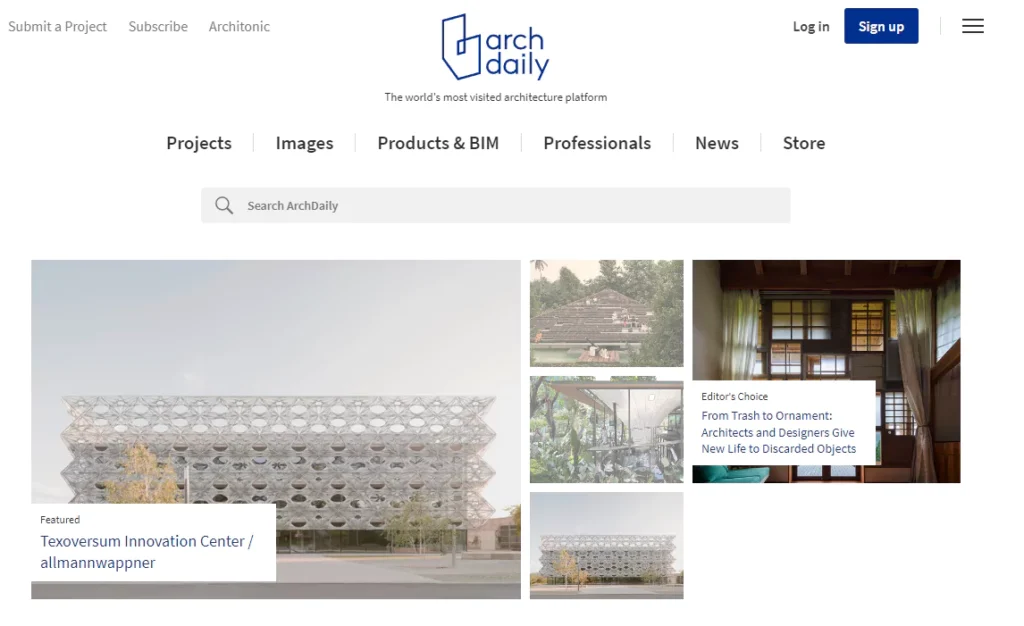
Before publishing your first post, it’s essential to determine your blog’s focus. With over 600 million blogs floating around cyberspace, you need a niche to stand out in the saturated market.
Consider Your Interests and Skills
What topics fuel your inner fire? What do you geek out over? Your niche should revolve around subjects you’re naturally passionate about. That passion will reflect in your writing and attract fellow enthusiasts. Besides interests, examine your background, training, and competencies. Your firsthand experiences and expertise make excellent fodder for informative blogs in your niche.
Research Trending Topics and Gaps
Use Google Trends, BuzzSumo, and other tools to uncover popular searches and shared content related to your interests. Then, analyse the competition and identify underserved niches ripe for targeting. Can you provide a fresh perspective or dive deeper into an aspect lacking coverage? Delivering posts around trending and underserved topics can help win readers and authority.
Refine Your Niche Further
Broad niches like “health” or “business” are overly congested. You’ll achieve greater visibility and conversion by homing in on a tightly defined niche revolving around:
- A specific industry or role (e.g. dentists, lawyers, teachers)
- A product category (e.g. SaaS, smart devices)
- Precise activities (e.g. birdwatching, couponing)
- Distinct health conditions, challenges, or goals
- Unique demographics (e.g. seniors, working moms)
Once you’ve carved out a particular reader-centric niche, stick with it! Consistency and targeted content will set you up for blogging success.
Crafting Captivating Blog Post Topics
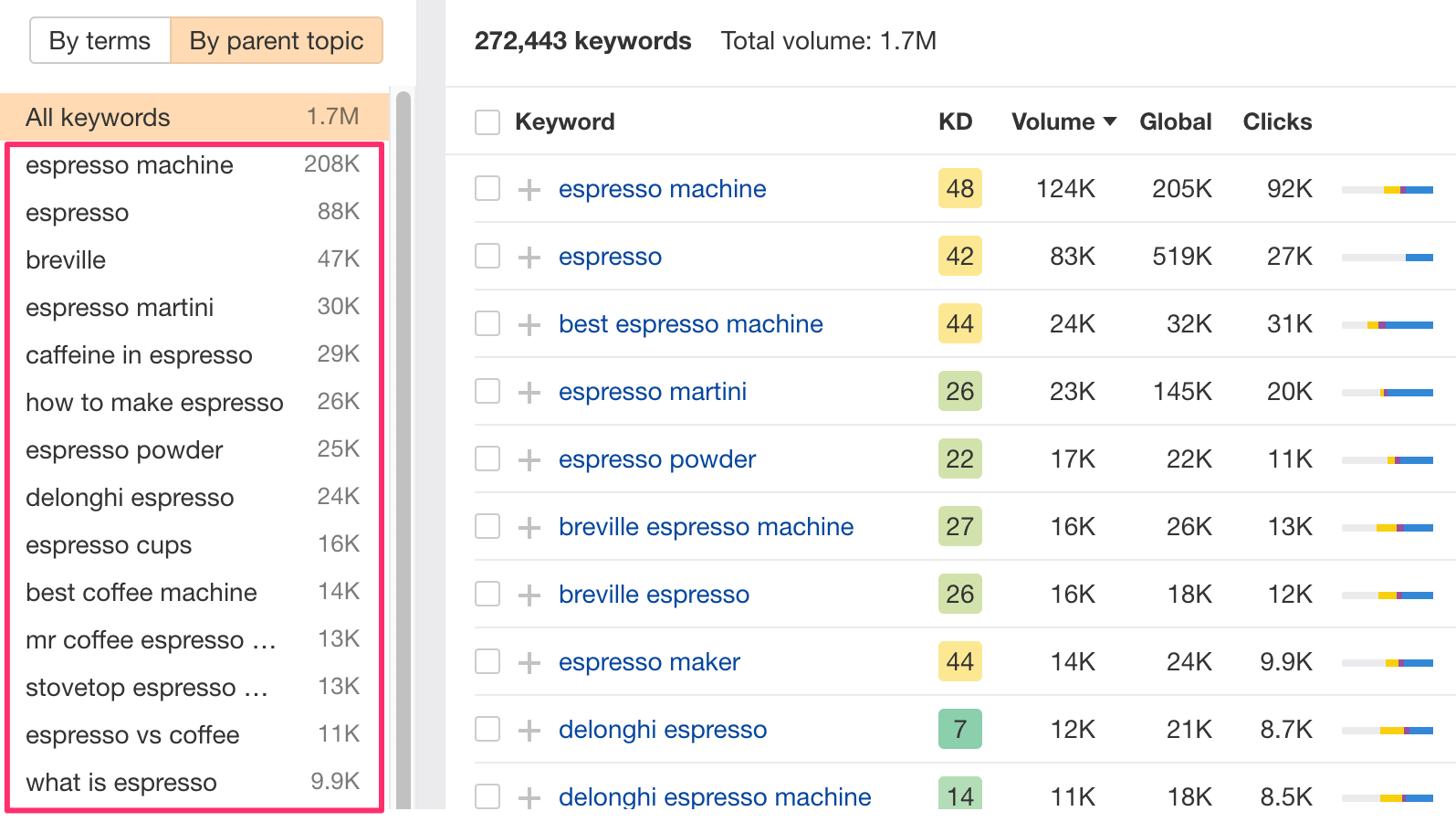
You could have an immense passion for your niche, but it means nothing without suitable blog post topics. Topic selection is crucial for:
- Reaching and resonating with your target readers
- Getting discovered by search engines
- Standing out in the noisy blogosphere
So, how do you develop irresistible topics tailored to your audience?
Brainstorm Extensively
- What pain points and aspirations motivate your readers? How can you solve or support them?
- What questions do they frequently ask? Which would they love answered?
- What myths, misconceptions, or controversial angles can you address?
- What resources, tips, or step-by-step guides can you provide?
Spy on Competitors
- What blog topics seem popular for similar blogs?
- What gaps can you fill or improve upon?
- How can you offer a distinct viewpoint on recurring themes?
Let Trending News Hook You
Connect trending news, searches, and events to your niche for timely, attention-grabbing spins. Insert your expertise into breaking stories before the hype fades!
Piggyback Off Viral Content
Analyse social media and communities like Reddit to spot current viral articles, videos, infographics, etc. Then, develop that hot content further with commentary, critiques, or supplementary resources.
Optimising Blog Posts for Search Engines
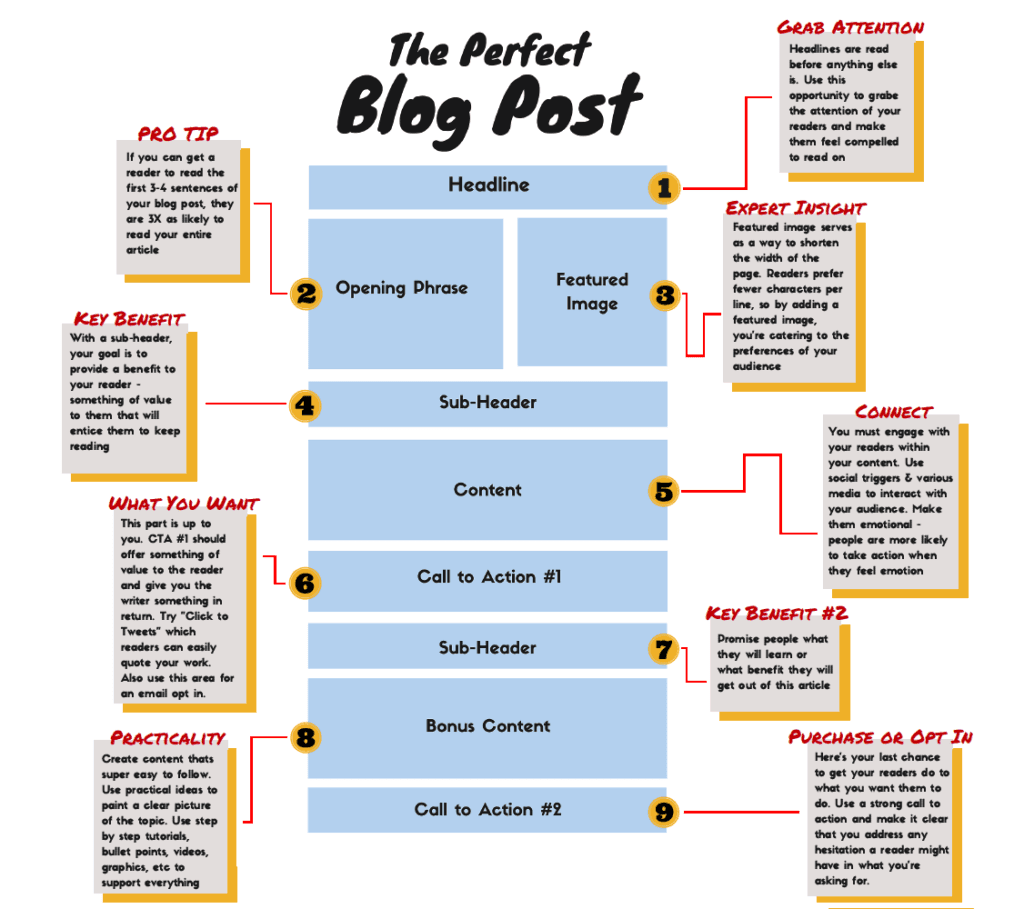
You could craft the most epic post, but no one will read it if they can’t find it via search engines like Google. On average, search generates over 50% of blog traffic. That's why “optimisation” is essential.
Follow these SEO best practices when writing posts:
Structure Content Around Keyword Phrases
Determine strategically-selected primary and secondary keywords and phrases that communicate your topic distinctly. Then, construct your content to naturally incorporate those search-friendly phrases multiple times without overstuffing. Though Google no longer gives keywords as much direct weight, their prominence still signals relevancy.
🔎 Example Primary Keyword: how to start a blog
Include Target Keywords In These Vital Elements:
URL Slug & Title: Place primary keywords here for immediate signals to search engines.
Intro Paragraph: Summarise key points featuring keywords to indicate page focus.
Headings & Subheadings: Break content into scannable sections centred on secondary keywords.
Image File Names/ALT Text: Incorporate keywords for added assignments.
Anchor Text: Link relevant internal content using keyword-driven phrases.
Write Quality Content That Answers Intent
The most crucial ranking factor is creating content satisfying searcher intent and answering questions. If your posts miss the mark for people’s actual reasons for using keywords, search engines will also deem them irrelevant despite mentions. So stay laser-focused on providing value around keywords in your content.
Craft Compelling Introductions
Your opening paragraph must set the stage for an excellent post while convincing readers it’s worth their time. No pressure! Consider these introduction writing tips:
Start With a Bang
- Open with a startling fact, eye-opening statistic, inspirational quote, anecdote, definition, or rhetorical question – something captivating immediately!
- Speak directly to readers by addressing their needs related to your topic.
Convey Post Purpose and Value Proposition
- Summarise what insightful, helpful content readers can expect from the post.
- Make big promises centred around benefits readers will gain.
Establish Authority and Trustworthiness
- Briefly mention your pertinent background, passion for the topic, or previous popular posts.
- Provide credible third-party support for stances upfront.
Keep It Concise!
Shoot for 3-5 concise opening sentences. You want to intrigue readers instantly while leaving them wanting more. Wordy introductions that drone on and on simply lose the reader's interest.
Example Opening Paragraph:
Are you dreaming of launching a personal blog but feeling overwhelmed about getting started? As a blogging coach who has worked with over 5,000 beginners in the past decade, I get it! But creating a successful blog is NOT as complicated as most make it seem. This definitive guide will walk you through my proven step-by-step process of quickly turning your passions into profits with your blog. Let’s get you blogging!
Structuring Posts for Scannability
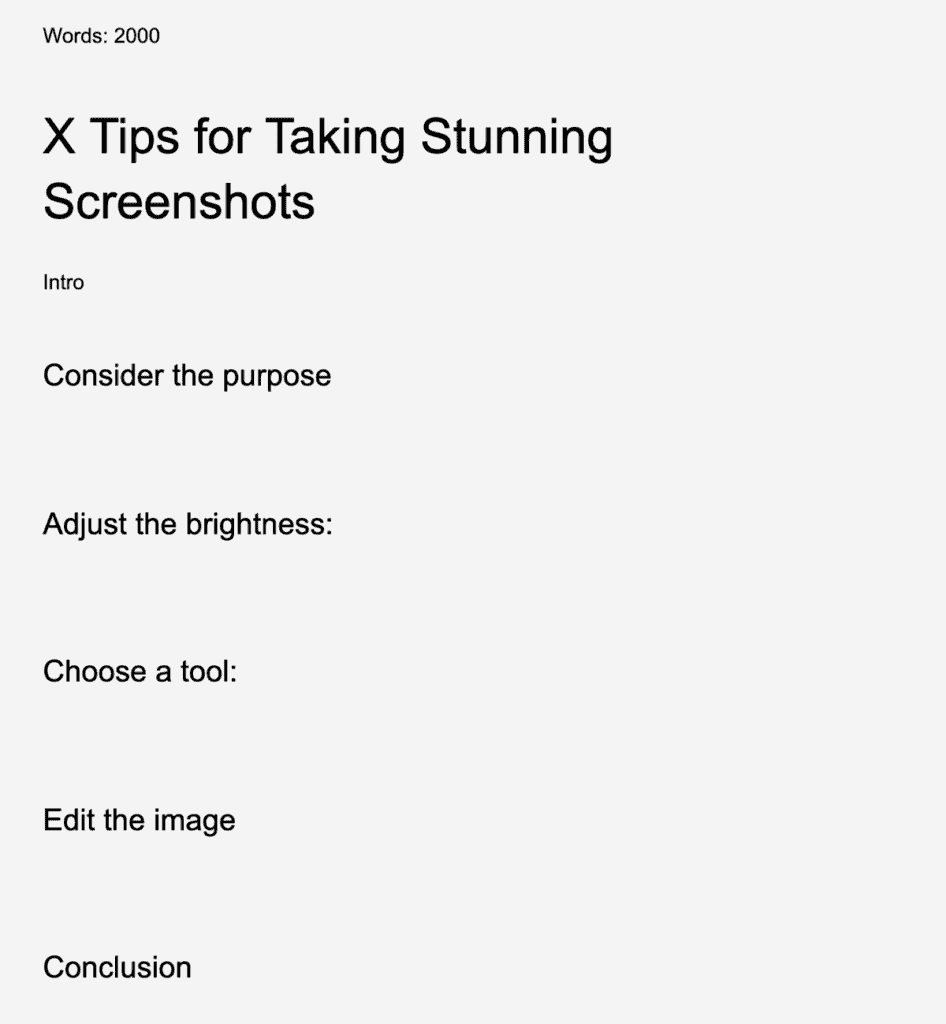
Let’s face it – online readers don’t read. Instead, they scan for relevance. Maximising scannability is crucial for keeping visitors engaged. Implement these structural elements:
Use Descriptive Headers & Subheaders
Break sections into digestible chunks for easy scanning. Headers should provide enough detail to convey key points.
Shorten Paragraph Length
Paragraphs over 3-4 lines get skipped. Divide detailed advice into bite-sized steps instead.
Include Numbered & Bulleted Lists
Lists break up dense text into highly scannable nuggets better processed by brains.
Insert Relevant Graphics
Reinforce tips with infographics, photos, screenshots, charts, etc. But don’t go overboard!
Include Pull Quotes
Pull compelling excerpts from the post into inspired standalone quotes surrounded by ample white space.
Close With Summaries
Recap takeaways in closing paragraphs and bullet points for quick retention.
Craft Compelling Content
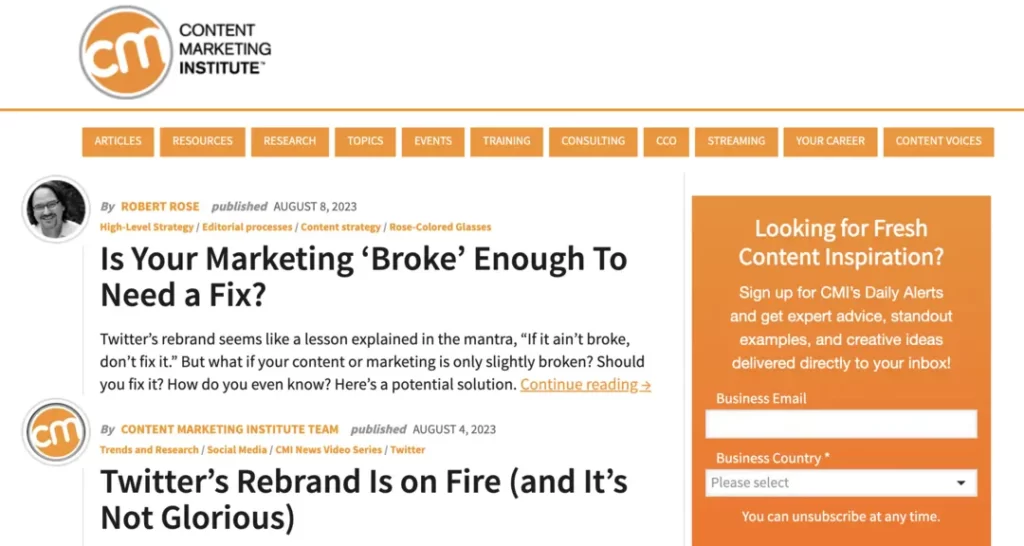
You captured attention with a magnetic intro and structured a scannable post. Now, transform that framework into an irresistible read using persuasive writing techniques.
Share Personal Stories & Anecdotes
Sprinkle in targeted anecdotes from life experiences. This builds relatability and keeps things conversational.
Ask Thought-Provoking Questions
Engage readers by posing rhetorical questions challenging assumptions. Then, provide insightful answers.
Use Descriptive Adjectives & Words That Pop
Choose vivid words that paint pictures and convey emotions for impact. But avoid fluffy adverb stuffing.
Add Analogies For Abstract Concepts
Compare unfamiliar ideas to familiar items through analogies that clarify and stick.
Cite Relevant Experts & Statistics
Back claims with quotes and data from reputable sources to build legitimacy. But don’t overcite!
Address Counterarguments
Briefly introducing opposition viewpoints makes your case appear more objective as you debunk them.
Include Specific Examples
Ground tips with concrete examples readers can relate to for better application.
Leverage Humour When Appropriate
Occasional humour lightens the mood and forges engagement. Just ensure it aligns with the tone.
Promote Posts On Social Media
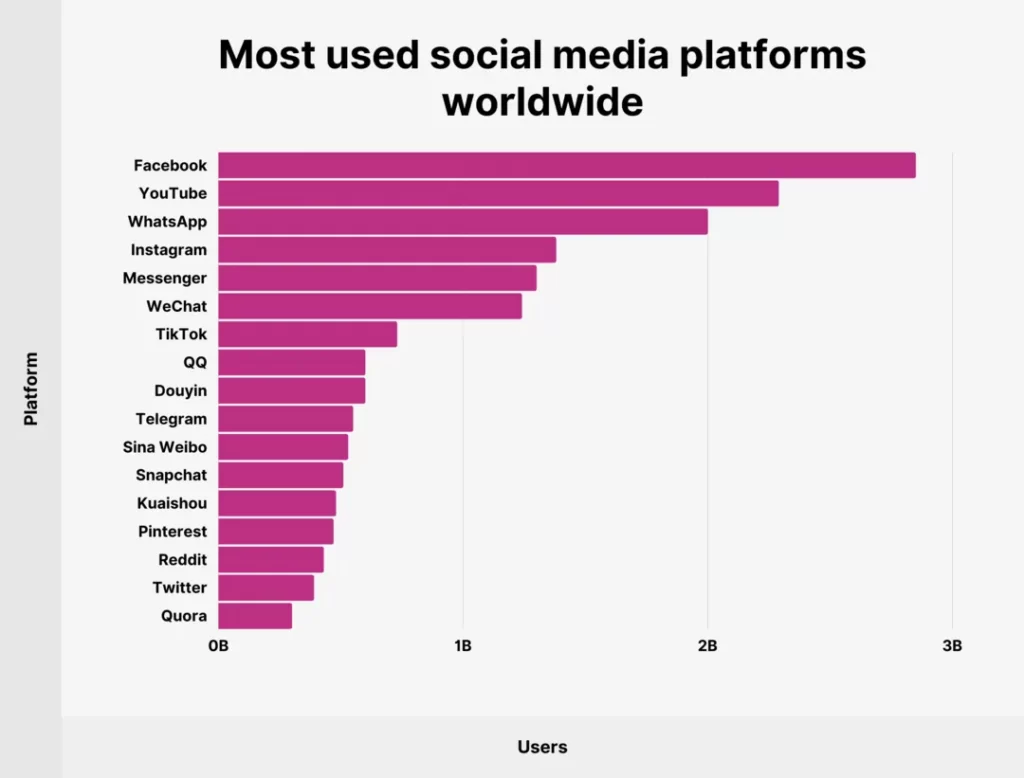
You crafted an excellent post perfectly optimised for search and social. But don’t stop there! It’s time to execute tailored social promotion across strategic platforms for expanded reach.
Share Post Links Across Your Social Accounts
- Twitter: Tweet headline + post link 2-4x daily. Reply to discussions about your posts.
- Facebook: Share headline + post link 2-3x on profile and groups. Run traffic campaigns.
- LinkedIn: Post snippet + link on personal profile & company page. Engage with your network.
- Instagram: Post relevant image + caption with link. Leverage stories.
Create Attention-Grabbing Social Assets
Images, videos, quotes, Q&As, polls, etc., tailored for each platform to entice more clicks and engagement.
Promote Long-Term Through SEO-Focused Pinterest Boards
Curatetopic boards with pins featuring your posts’ images, headlines and links. Pinterest referral traffic will build gradually as you expand your network.
Don’t Forget Email Marketing!
Include new posts within email newsletters. Promote sign-ups with pop-ups and landing pages offering freebies related to your niche.
Formatting Posts to Look Professional

Scroll-stopping content must also shine visually. Format and design elements that polish blog posts include:
Feature Engaging Headers
Devise post title formulas incorporating keywords, numbers, curiosity, or social proof for clicks.
Insert Relevant Graphics
Enhance posts visually through photos, charts, icons, Canva illustrations, etc. Ensure accessibility with ALT text descriptions.
Add Handy Information Graphics
Canva makes creating explanatory infographics, comparison charts, etc., around post topics a breeze.
Format Text Elements Strategically
- Use short 1-3 sentence paragraphs
- Bullet key takeaways
- Bold important keywords
- Italicise quotes & references
- Number instructional steps
Make Scannability Priorities Pop
Through fonts, sizing and colour contrasts, spotlight pull quotes, subheaders, lists, etc., against body text.
Write Refreshingly Unique Blog Post Conclusions
While most readers bail before the end, finales still impact loyalty. Wrap posts with creativity:
Circle Back to Introduction
Bookend posts by reconnecting conclusions to opening hooks, promises and themes.
Share Success Stories
Close with short audience testimonials proving your advice works.
Pose Forward-Thinking Questions
Inspire readers to take the following steps or shift mindsets through thought-provoking questions.
Request Reader Participation
Invite readers to share experiences in comments, answer polls, submit user-generated content, etc. Community builds advocacy.
Link to Related Content
Increase page views by linking to other relevant evergreen posts at the tail end.
Convey Gratitude
A simple “Thanks for reading!” reminds readers of the value they received while cultivating goodwill.
Common Blogging FAQs
If creating mind-blowing blog content still seems mystifying, here are answers to frequently asked questions:
How long should my blog posts be?
Most blogs range from 1,500 – 2,500 words.
Longer pillar content of over 3,000 words also has SEO advantages.
Check competitors’ post-length averages in your niche.
Just ensure you fully cover topics at the necessary depth!
How often should I publish blog posts?
Post at least 1-2x per week initially to build momentum
Expand to 2-3x a week after establishing some traffic
Determine the ideal pace you can manage long-term without burning out
How do I write good blog post titles?
Identify primary keywords first.
Tap into emotional triggers like “how to” or number-based
Keep titles under 70 characters
Get creative – play on phrases, puns, etc.
Should blog post titles and content match?
Absolutely! Grabbing attention with questionable titles that don’t deliver breaks reader trust.
Titles and content should be closely aligned and reciprocal.
How can I promote my blog posts?
Share across owned social media channels
Distribute to email subscribers
Pitch guest posting opportunities to complementary sites
Request feedback from influencers in your niche
and more! Continuous promotion is critical.
In Conclusion…
Launching a blog that wins loyal readers starts with planning a compelling, keyword-rich content strategy catered to your niche. Dedicate time to writing posts optimised for search engines and scannability using formats and designs proven to maximise perceived value. Promote that content heavily upon publication and beyond. Follow this comprehensive blogging guide, and you’ll attract visitors who can’t get enough of your expertise!
Now, flex your writing muscles, carve out a unique blogging niche, and start captivating readers today. You’ve got this!
